Specialty coffee could still learn more from winemaking
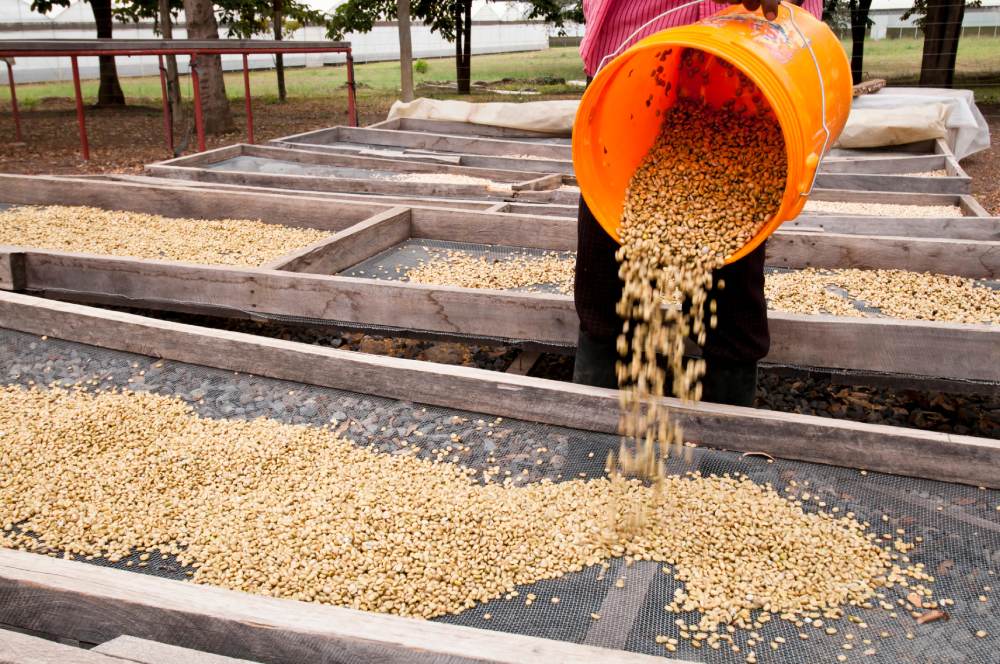
It’s no secret that winemaking has had a huge impact on the coffee industry. From shared terminology to similar farming practices, coffee producers have drawn inspiration from the wine industry for a long time.
Winemaking’s most noticeable influence in the coffee industry is certainly on processing methods. As coffee producers use more and more advanced and experimental processing techniques, we can see just how much knowledge and expertise specialty coffee has borrowed from the wine industry.
Its influence, however, doesn’t stop here. In addition to massively shaping coffee processing, the wine industry’s unique reliance on new and innovative technologies is swaying some coffee producers to follow suit.
To learn more about how winemaking could further impact specialty coffee, I spoke to Camilo Merizalde, founder and director of the Santuario Project, Carlos Pola, owner of the San Antonio, Las Brisas, and San Roque farms in El Salvador, and Doug Frost, Master Sommelier, American Master of Wine, wine consultant, and writer.
You may also like our article on winemaking’s influence on coffee processing.
How has winemaking already influenced coffee processing?
Winemakers have developed their craft over centuries – if not millennia. Today, it’s an industry that blends history with scientific research, resulting in endless experimental practices that help to improve wine quality. Considering this, it’s no surprise that coffee producers draw inspiration from winemaking.
In addition to owning several coffee farms, Carlos Pola is also a coffee app developer. He explains that the wine industry has shaped coffee processing immensely over the years.
“Grapes and coffee cherries are very similar, and because winemaking dates back centuries, the wine industry has a lot of experience and practices that lend themselves well to specialty coffee,” he says.
Perhaps one of the most influential practices has been carbonic maceration. Popularised by winemakers, carbonic maceration relies on carbon dioxide to start the fermentation process. In the context of coffee processing, producers flush sealed, airtight tanks containing coffee cherries with CO2. This removes any residual oxygen, and allows the microorganisms present in the tanks to break down the sugars in the cherries – resulting in more complex, bright, and winey coffees.
Camilo Merizalde is the founder and director of the Santuario Project in Colombia.
“Carbonic maceration has been a starting point to explore other advanced processing methods that are based on the same principles,” he explains. “We have explored this process by using microorganisms, such as yeasts and lactic bacteria, that accentuate specific characteristics.
“For example, we collected leachate from fermenting selected coffee cherries, and then added it to coffee mass – a technique also used in the wine industry,” he elaborates. For context, leachate is water that has percolated through a solid and extracted out some of its soluble or suspended solids.
“We also began to use carbonic maceration to make fruit juice that we use to induce fermentation in cherries and pulped coffee,” he adds.
More recent developments in experimental coffee processing
Advanced and experimental processing methods are some of the most exciting and innovative aspects of coffee production.
Since 2018, Carlos has collaborated with UK Barista and World Coffee in Good Spirits Champion Dan Fellows to develop his own new techniques. One particularly interesting example is cryo maceration – a cold fermentation method which Carlos says is used in the wine industry, too.
The technique works equally well for coffee. In fact, Dan used a cryo macerated coffee during his winning 2019 World Coffee in Good Spirits Championship routine.
The process involved freezing Red Pacamara cherries for seven days before subjecting them to natural processing. Carlos adds that for this specific coffee, he and Dan sought to enhance the fruity, syrupy, and funky flavours.
Like cryo maceration, other new experimental coffee processing techniques are beginning to emerge in the specialty coffee industry. Here are a few examples:
Acetic fermentation
Prominent Colombian farm La Palma y El Tucan has been experimenting with the acetic process for some time now.
Producers use acetic acid bacteria to process pulped coffee in a high-oxygen environment. The cherries are continuously mixed throughout the process, which ensures the bacteria survives and multiplies.
Some producers carry out a similar process by placing whole cherries under water in an open tank. Producers stir the cherries periodically, which encourages the growth of more acetic acid bacteria. When done well, this process can impart more fruity or floral characteristics in the coffee.
Thermal shock
Thermal shock processing is largely attributed to Diego Samuel Bermudez, who first introduced this method to the specialty coffee sector. It’s important to note, however, that thermal shock is not a type of fermentation, but rather an additional step in coffee processing.
During fermentation, temperature plays a crucial role in regulating the process. Producers must carefully control temperature to ensure the development of volatile aromatic compounds that give coffee its flavours and aroma.
With thermal shock processing, producers wash coffee cherries after fermentation. In most cases, producers wash cherries in hot water (at around 40ºC or 104ºF) before immediately running them under colder water (at around 12ºC or 54ºF). This process can lead to very pronounced and intense flavours.
The Duncan Estate wine process
Another practice from wine production that has been applied to coffee processing is the Duncan Estate wine process. This is when producers leave cherries on coffee plants for up to two weeks after maturing – essentially allowing some fruit to over-ripen.
After harvesting the cherries, the producer sun-dries them for several days in a cool climate, usually over 1,600 metres above sea level to achieve the optimal conditions. The result is a uniquely fruity, fermented, and wine-like cup profile.
What else can coffee producers learn from winemaking?
While winemaking has definitely had the most impact on coffee processing, the wine industry is influencing specialty coffee in other ways. More recently, coffee producers have leveraged innovative technologies used in the wine industry to improve farming practices and distribution and business channels.
Moreover, utilising new technologies allows the coffee industry to bridge the gap between producers and consumers.
Doug Frost is a wine expert, and the founder and CEO of Echolands Winery in Walla Walla, Washington, US. He explains that in the wine industry, sharing information between producers and consumers adds more value to the supply chain.
“Sharing our stories with consumers is the best, and maybe the only, way to create brand loyalty,” he says. “Whether we use QR codes, e-labels, or any other technologies, we can start a conversation with our consumers that enhances their drinking experience.”
He adds that although blockchain technology is still nascent in the wine business – and equally so in the coffee industry – it massively helps to improve traceability.
“The idea that I may soon be able to find out who is drinking my wine is exciting,” he tells me. “The level of technology isn’t quite there yet, and there are privacy issues to consider, but if I had the opportunity to follow up with customers, that could forever change the relationships between wineries and their customers.”
Leveraging new technologies
In both the wine and coffee industries, sensor technology is incredibly important to ensure consistency and quality. For instance, sensors can track temperature, light, humidity, wind, and water availability levels.
“In our winery, we are using more sensors to gain more accurate feedback about fermentations, which also helps to improve efficiency,” he says.
However, he adds that relying on human expertise is still important: “I need people to still be sticking their noses in glasses, tanks, or barrels on a constant basis – that’s what matters most.”
Light detection and ranging (LiDAR) technology is also used in the wine industry, which uses remote imaging to map the structures of vineyards and farms. When combined with satellite imagery, drones, and on-the-ground technology, farmers can use it to efficiently gather data on ripeness, water stress, and diseases.
Although there are clear benefits to having access to these technologies, David reiterates that a human element is equally important.
“Some of these technologies will improve our work, and lead to better sustainable practices, but honestly, a lot of it is about replacing human labour,” he explains. “Is that a good thing? Not in my opinion. The old saying is, ‘the boots of the winemaker are the most important thing to have in your vineyard’.”
What’s more, these technologies are still expensive to implement. Although they can save costs and increase profitability in the long run, the initial investment is usually steep – especially for smaller producers. David says cooperation between farmers and more openness to share information and knowledge could help kick start the implementation of these technologies in specialty coffee.
“Theoretically, producers can band together to afford access to these technologies, although that is easier said than done,” he notes.
Looking ahead
Camilo explains that coffee producers who have the resources should consider exploring practices used in winemaking to differentiate themselves.
“I think exploring more about coffee cherry microbiology and the influence of terroir and variety on flavour – similar to what the wine industry does – will become a bigger focus in specialty coffee,” he says.
He believes that producers can benefit from winemaking techniques by gaining “new knowledge, thereby improving coffee quality”.
And as sustainability becomes more important to consumers, we could see both the coffee and wine industries change in the coming years.
“There was a time when consumers were generally unconcerned about mono-cropping and using chemicals, but not anymore,” Carlos says. “Wine drinkers are now asking questions about how grapes are grown, how workers are treated, and how wine is packaged. They want wines that align with their values, and their values are focused on a sustainable future.”
Winemaking continues to influence coffee producers and their processing methods. In time, the two industries may grow even closer – allowing producers to share more knowledge, technologies, and farming practices.
“As different kinds of fermentation and yeasts are explored in both the coffee and wine worlds, we can hopefully exchange more specific and accurate information,” Doug concludes. “With access to new technologies, we can find a way to focus more on the science.”
Enjoyed this? Then read our article asking how we should really define experimental processing.
Perfect Daily Grind
Want to read more articles like this? Sign up for our newsletter!
The post Specialty coffee could still learn more from winemaking appeared first on Perfect Daily Grind.
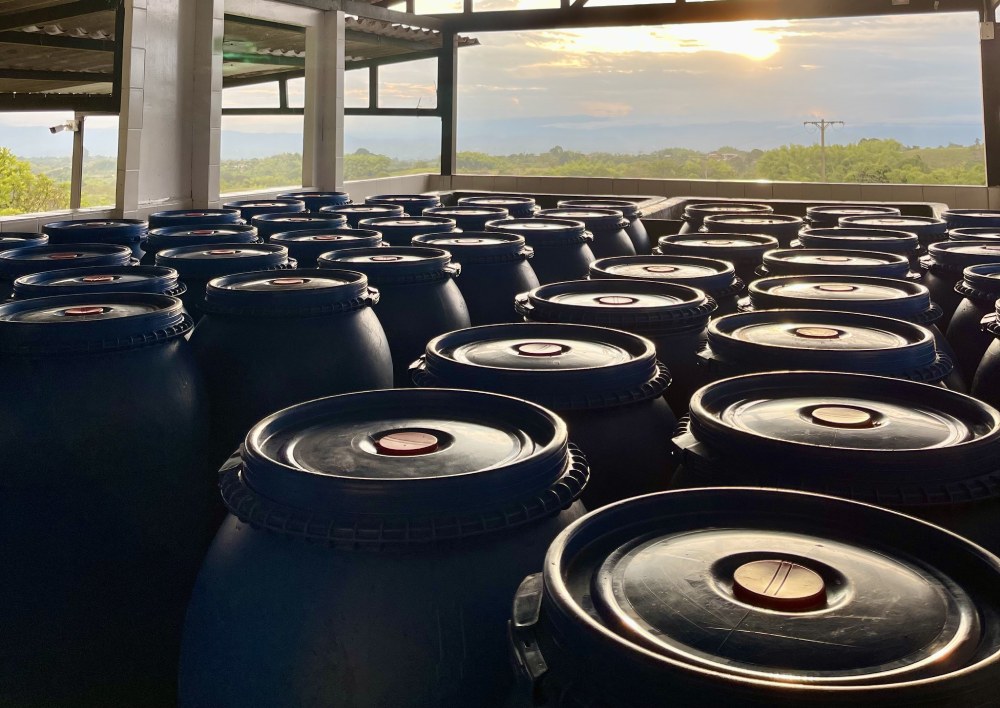
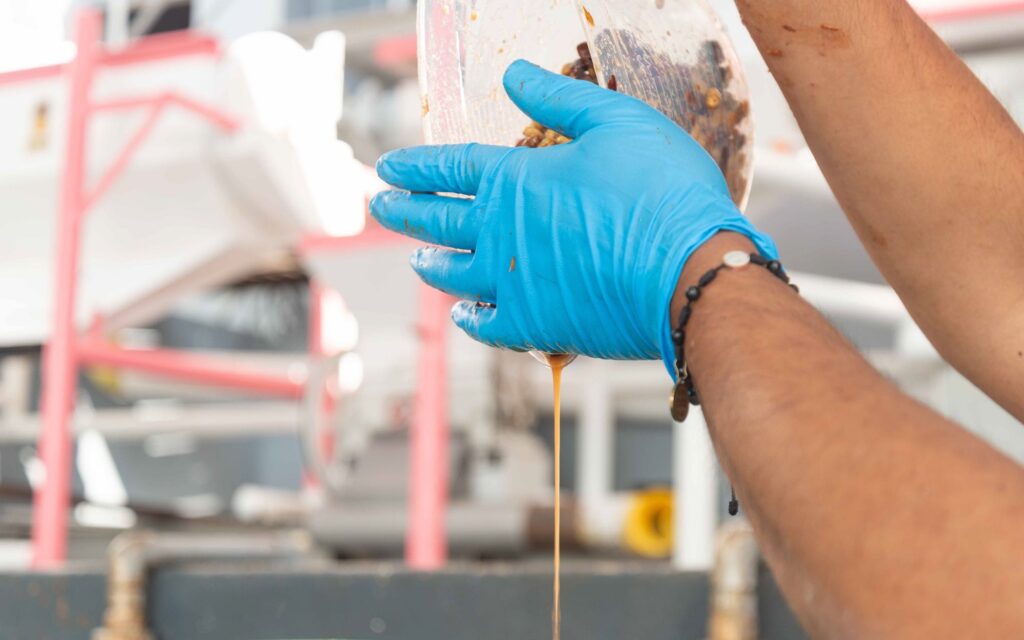
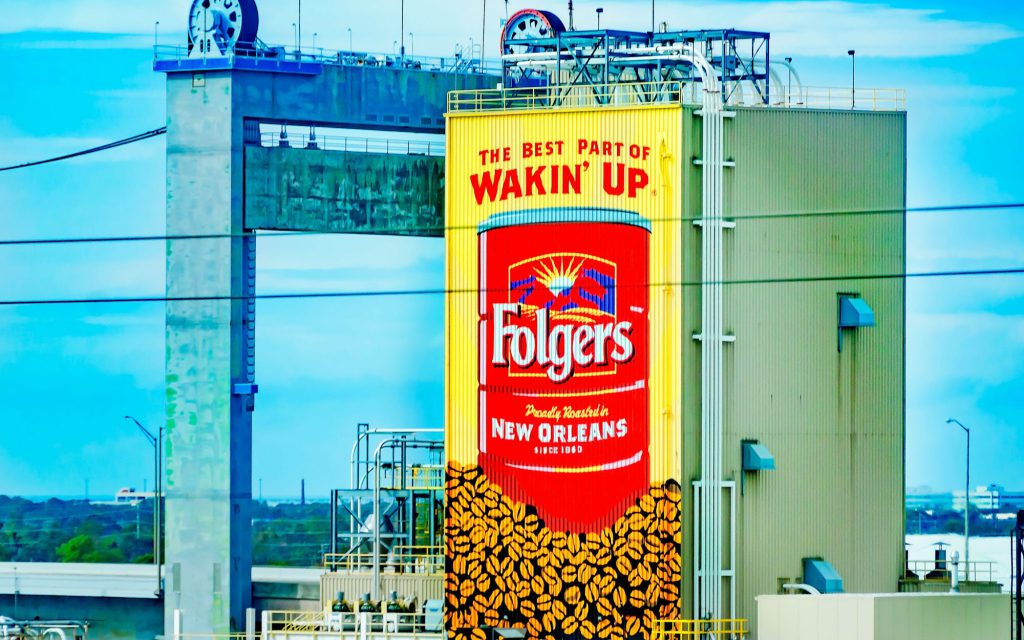
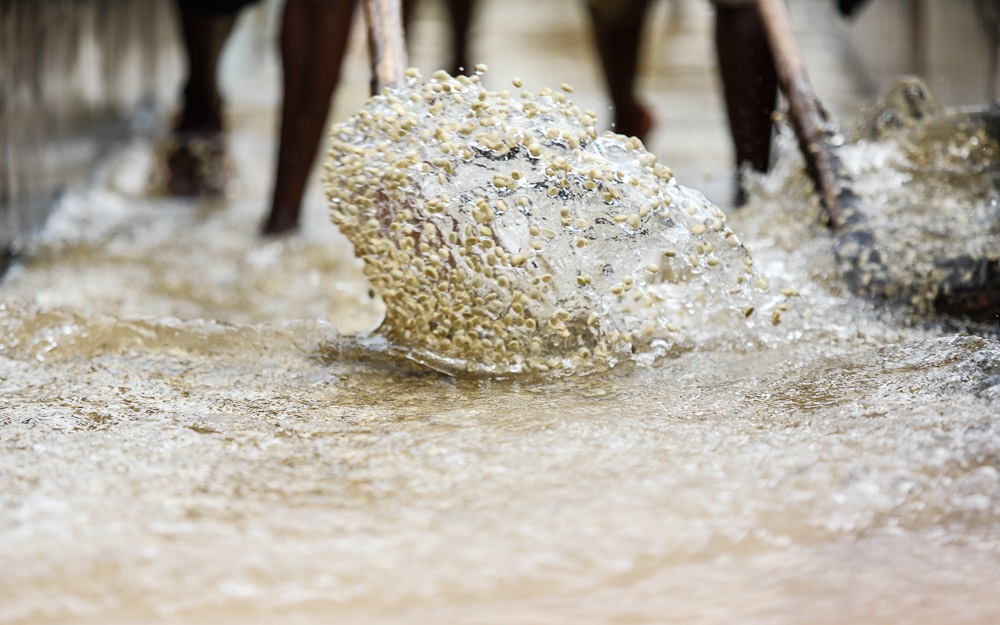
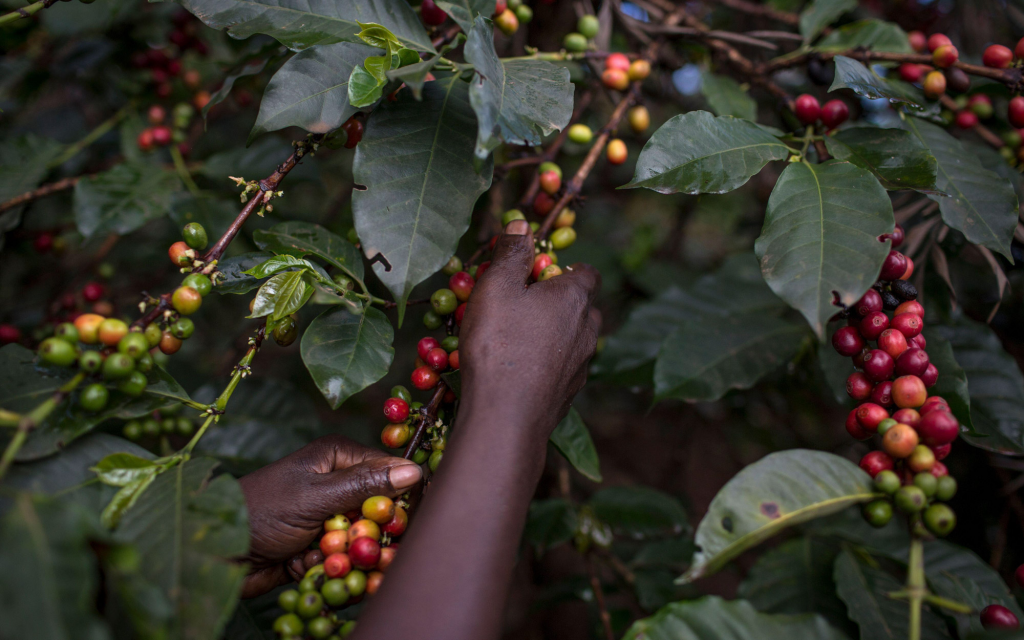
Responses